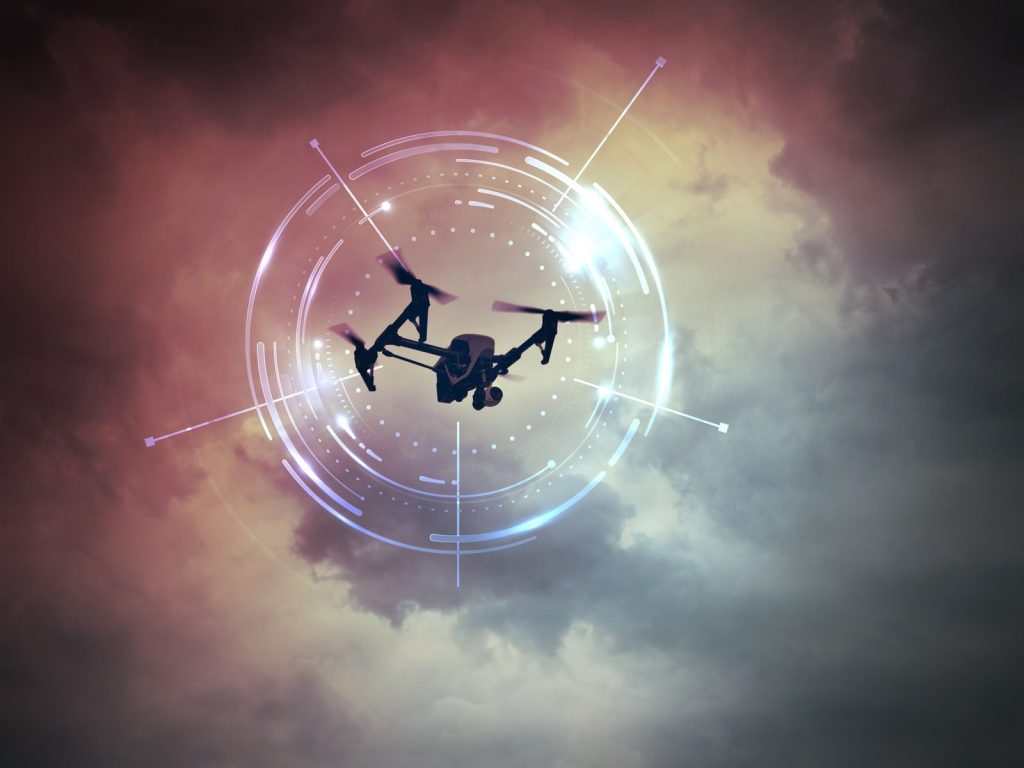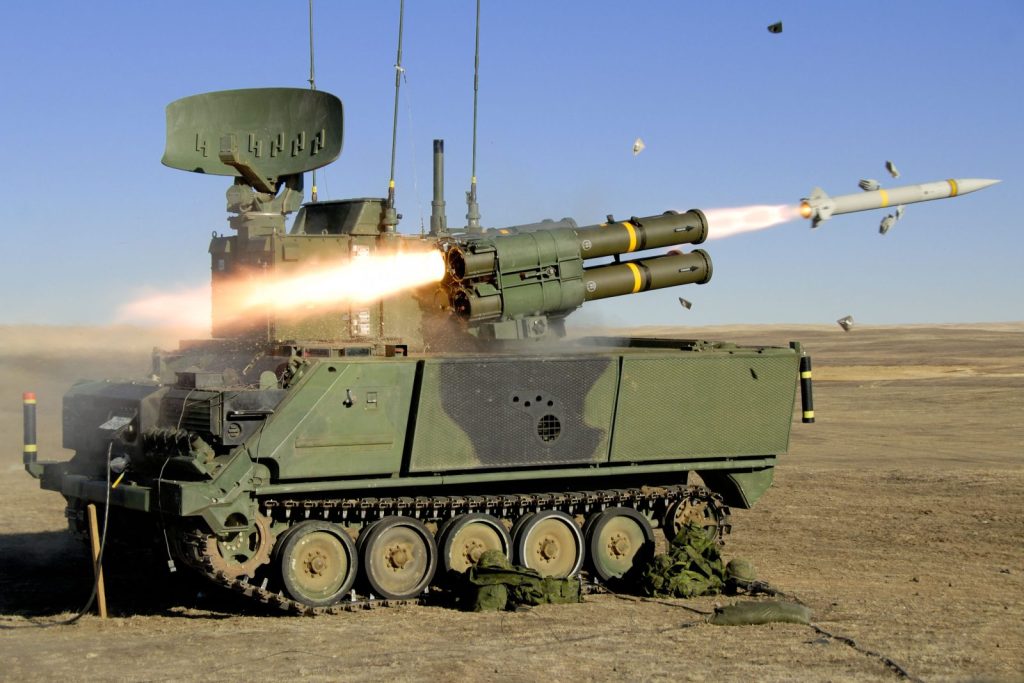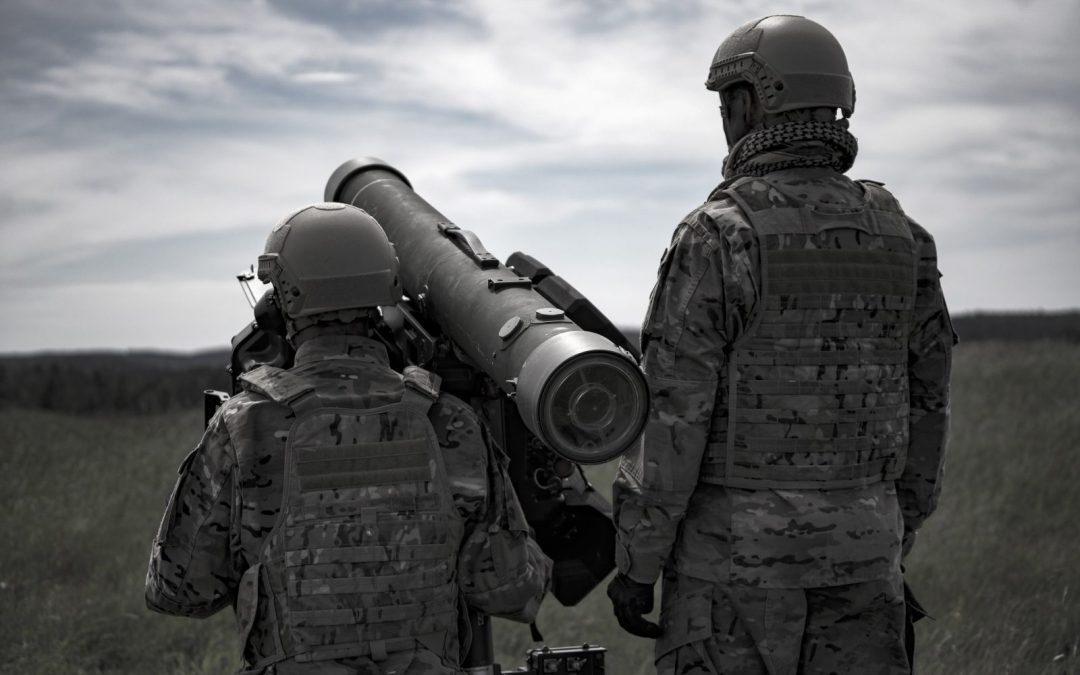by Canadian Army Today Staff
In the past three months, the federal government has secured contracts for several urgent operational requirements (UOR) for the Canadian-led multinational brigade under Operation Reassurance. While not permanent solutions to capabilities the Army will need in modern warfare — many of those are being acquired through major capital procurement projects — the UORs will provide a stopgap for the brigade in Latvia until those future capabilities deliver.

An Italian soldier aims the Rafael Spike-LR anti-tank guided missile. Photo: Spc Uriel Ramirez
Portable Anti-X Missile (PAXM)
Most NATO countries employ some form of portable, guided anti-tank or anti-armour missile systems.
The Army’s long-term plan for an anti-armour, anti-structure weapon is the Anti-Tank Guided Missile Replacement (ATGMR) project, currently in the options analysis phase of defence procurement and expected to enter definition around the 2025-2026 timeframe.
To meet the immediate needs of commanders in Latvia and improve troop self-protection, the Directorate of Land Requirements (DLR) has sought a portable, medium-range weapon capable of defeating a main battle tank equipped with explosive reactive armour and active protection systems.
The system, typically operated by a two-person crew, is intended to provide an anti-armour capability for the infantry battalions, from the company level down to the section level. In addition to defeating any armour threat, a PAXM system would add a precision strike capability against infrastructure and personnel and provide passive day and night surveillance and target acquisition.
On Dec. 11, 2023, the government awarded a contract valued at $32.2 million USD to Rafael Advanced Defense Systems of Israel for PAXM systems, including missiles, simulators, and associated support. The Army expects to achieve initial operational capability (IOC) for Latvia by mid-2024.

Image of Leonardo’s Falcon Shield.
Counter-Uncrewed Aircraft Systems (CUAS)
With the ubiquity and effectiveness of drones across the modern battlespace, acquiring a counter-UAS system became a high priority. For Op Reassurance, the Army is seeking protection from hostile Class 1, or small drones, with systems that can detect, identify, track, and degrade or defeat.
The Army is acquiring CUAS in two phases, the first as a dismounted and fixed site solution and the second as a vehicle-mounted fully integrated system. In mid-February, while attending a meeting of NATO Defence Ministers in Brussels, Belgium, Defence Minister Bill Blair announced three contracts worth about $46 million to deliver the first phase.
TRD Systems of Singapore was awarded an estimated $2 million for its ORION-H9 dismounted direction system; CACI of Reston, Virginia, was awarded an estimated $19 million for its backpack portable BEAM 3.0 dismounted omni-directional UAS detect and defeat system; and Leonardo’s United Kingdom-based division received an estimated $25 million for its Falcon Shield fixed-site system.
A request for proposals (RFP) for vehicle-mounted systems under the second phase is expected this spring, with contract award by early 2025.

Engaging an air target with the Air Defence Anti-Tank System (ADATS) in Suffield in 2007. Photo: MCpl Dan Noiseux
Air Defence (AD)
The Army’s last short-range surface-to-air and anti-tank missile system (ADATS) was retired in 2012, and DLR has been working actively on the next Ground-Based Air Defence (GBAD) capability since funding was allocated with the government’s 2017 defence policy. The GBAD project is currently in the definition phase. Public Services and Procurement Canada issued an invitation to qualify in October 2023, and timelines for the remainder of the procurement process will be confirmed in the coming months.
In the interim, the Army is acquiring a soldier-portable system to provide tactical air defence against a range of threats to personnel and installations that will be part of the brigade in Latvia. This includes the ability to defend against close-air-support aircraft and Class 1 small drones, as well as larger UAS and fixed- and rotary-wing aircraft, other than attack helicopters.
In February, the government announced three contracts valued at $227.5 million to Saab Canada for the RBS 70 NG system, supporting ammunition, and in-service support. The first RBS 70 NG will be delivered by this fall to the 4th Artillery Regiment (General Support) in Gagetown, which is expected to reach IOC with the new system by the end of 2026.
To help with the IOC process, the Army plans to leverage training opportunities with allied military forces in NATO who are currently employing similar equipment.
While the UOR will address the short-term need, the Army is looking to the GBAD project to defeat threats posed by rocket, artillery, and mortar (RAM) munitions, air-to-surface missiles and bombs, as well as larger UAS. GBAD will encompass a sensor system able to detect air threats, a weapon system with associated munitions to defeat or neutralize the threats, and a fire control software program with a networked communications system to pass and receive information from Canadian and coalition air defence systems.
In addition to rapidly procuring PAXM, CUAS and AD for the brigade in Latvia, the government has also acquired drones and associated equipment directly for the Ukrainian Armed Forces. On Feb. 19, Minister Blair announced the donation, valued at over $95 million, of more than 800 Teledyne FLIR SkyRanger R70 multi-mission UAS.
The multi-rotor SkyRanger R70 can handle a variety of payloads up to 3.5 kilograms, including munitions and the 100 high-resolution drone cameras previously sourced for Ukraine from L3 Wescam in June 2023. Delivery of the drones is expected this spring, along with a training plan.


They should have had an air defense system the moment they landed in Latvia. DND brass are doing a poor job of providing the right tools for CAF deployed in a war zone. Surplus Gepard and other system are available now and in many instance for free. However, the brass and their political masters would rather take a gamble.